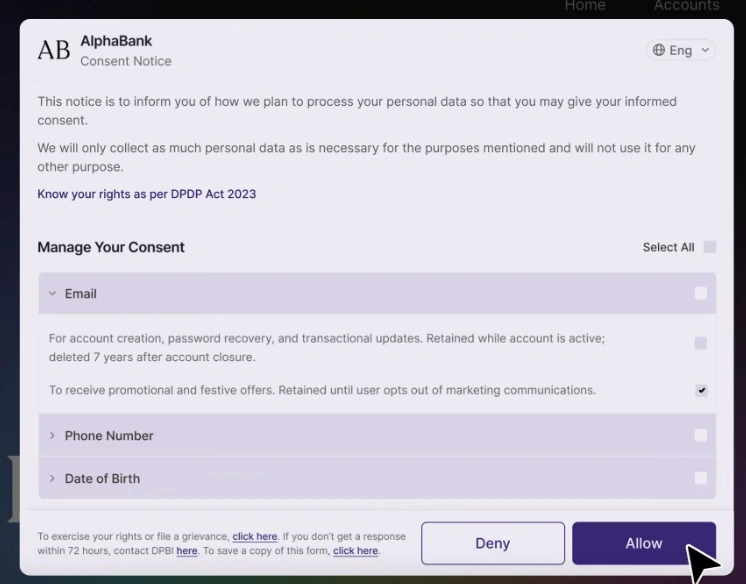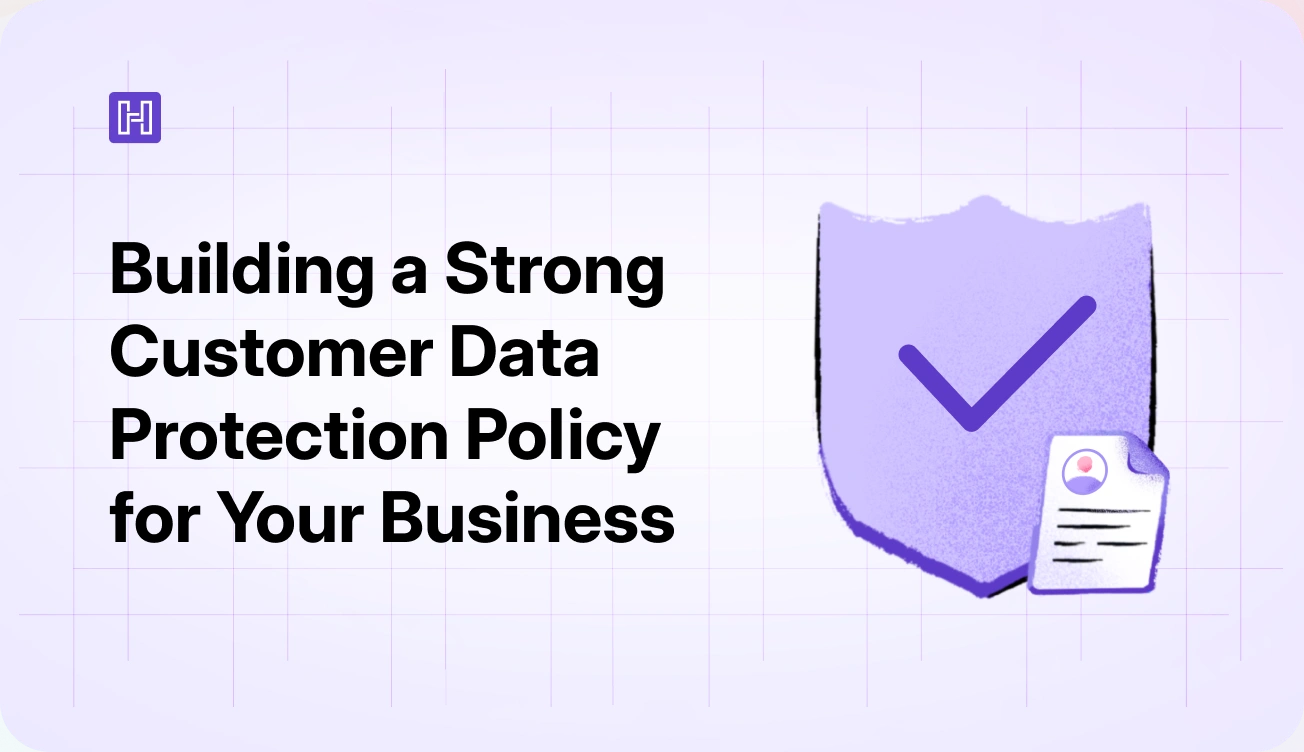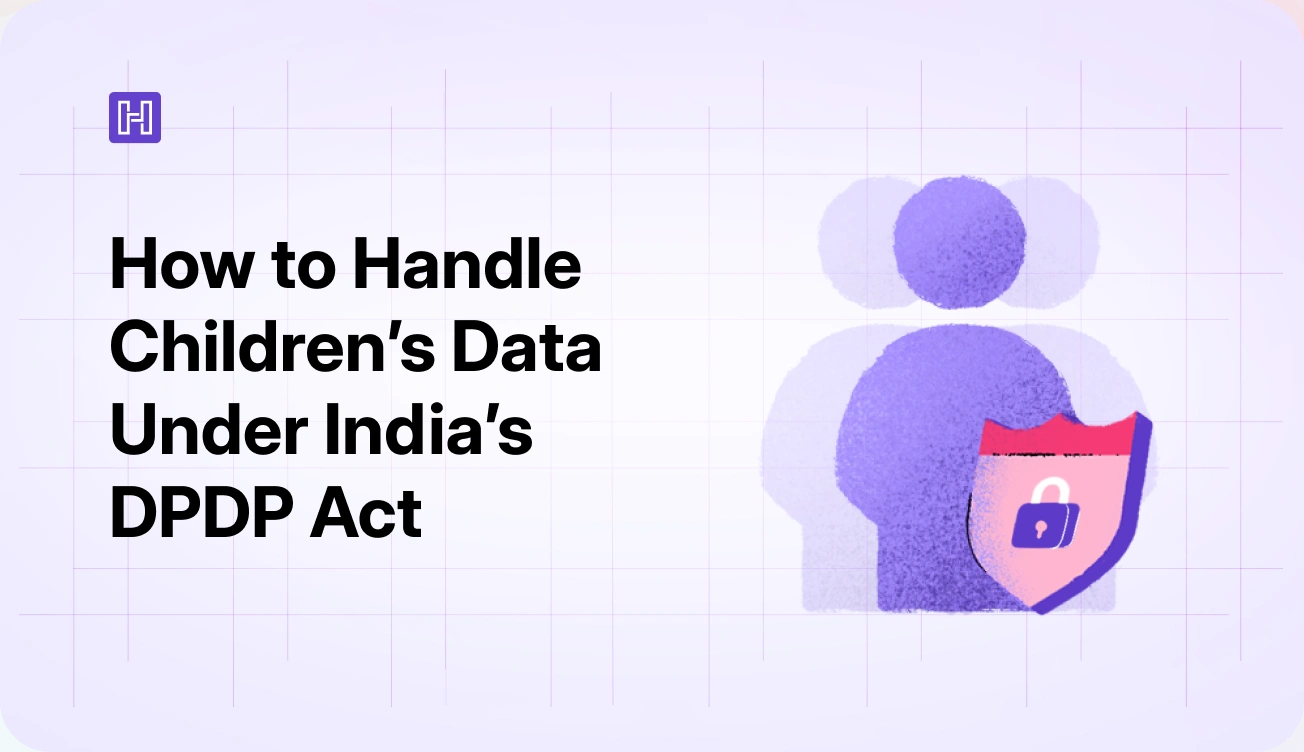The Digital Personal Data Protection (DPDP) Act has marked a seismic shift in how businesses collect, store, and process personal data.
As the country’s first comprehensive data protection law, the DPDP Act is not just a regulatory framework—it’s a wake-up call for organizations to prioritize user privacy and build trust in the digital economy. With penalties soaring up to ₹250 crores for non-compliance, the stakes have never been higher.
India is home to over 950 million internet users, generating an unprecedented volume of personal data daily. From e-commerce giants to fintech startups, every organization that handles this data must now navigate a complex web of compliance requirements. Yet, the path to compliance is far from straightforward. Ambiguities in enforcement mechanisms, evolving interpretations of the law, and the sheer scale of operational changes required have left many businesses grappling with uncertainty.
For instance, a recent PwC survey revealed that only 40% of Indian surveyed organizations claim to understand the act, and only 9% report comprehensive understanding. This gap highlights the urgent need for clarity and actionable strategies to avoid costly missteps.
This article breaks down the biggest challenges businesses face under the DPDP Act and explores practical steps to stay compliant.
DPDP Compliance—Why It’s Complicated for Businesses
First, let’s understand what the DPDP Act mandates. The core tenet is that any platform should have verifiable consent before processing the data of an individual. It aligns with global data protection standards like the EU’s GDPR or California’s CCPA. The act enforces accountability for organizations handling personal data.
The DPDP Act defines key stakeholders:
- Data Principal – The individual whose personal data is collected and processed.
- Data Fiduciary – The entity that determines the purpose and means of data processing.
- Significant Data Fiduciary (SDF) – Large-scale data processors with more compliance requirements.
- Data Processor – An individual or entity that processes data on behalf of a Data Fiduciary.
- Consent Manager – A registered entity responsible for managing user consent with transparency.
- Data Protection Board (DPB) – An independent body appointed by the Central Government to oversee enforcement.
Given the strict penalties and evolving regulations, businesses must adapt to DPDP compliance. The key is to balance Digital Personal Data Protection with operational efficiency. Even with the legal frameworks, the practical implementation presents significant challenges.

The Gap Between Legal Framework & Practical Implementation
Many provisions within these laws are vague. This makes it difficult for organizations to interpret and ensure full compliance. Businesses must navigate these ambiguities and install policies without clear guidance.
Additionally, the landscape of data protection is ever-evolving. Frequent policy updates require organizations to adapt their compliance strategies, in accordance. This continuous shift demands large resources and also increases the risk of inadvertent non-compliance.
Furthermore, enforcement mechanisms are not always well-defined. Inconsistent enforcement can lead to unpredictable consequences. This makes it difficult to assess risks and take proactive compliance measures.
Thus, the gap between legal mandates and real-world execution remains a complex and ongoing concern, especially for organizations striving to uphold data protection standards.
The Biggest DPDP Compliance Challenges for Businesses
The new data protection rules present a significant compliance challenge, especially for Indian businesses. Multinational corporations (MNCs) and global platforms have experience with strict regulations like GDPR but many Indian companies are encountering this landscape for the first time.
They must build data protection systems from the ground up which demands huge effort, resources, and continuous adaptation to stay compliant.
Here’s a look at the challenges they face:
Consent Management—More Than a Checkbox
The DPDP Act mandates businesses to get clear, informed, and explicit consent from users. Companies must ensure users have a full understanding of their data usage through a transparent and accessible process.

Balancing this user autonomy with business needs is a major challenge. Users must have the freedom to opt in or out of data collection, including access, correction, or even deletion of their data. Efficient handling of any user data requests is critical. Delays in processing requests can lead to regulatory violations and reputational damage.
This shift compels organizations to redesign their consent mechanisms. An ill-designed system can result in compliance risks, loss of valuable data, and a frustrating user experience. Businesses must manage these requests without operational slowdowns. To be able to do so, they should establish clear procedures, dedicated resources, and leverage automated solutions.
Data Localization & Cross-Border Transfers
Data sovereignty remains a pressing issue. Data sovereignty is the principle that data is subject to the laws and governance of the country where it is collected. Organizations must have approval before transferring data to specific jurisdictions. But the transfer mechanisms or clear guidelines are absent. This creates uncertainty for companies handling international transactions or operating in many regions.
India’s developing data infrastructure adds another layer of complexity. Smaller firms often struggle to implement the necessary technological safeguards. They may need to invest heavily in infrastructure to meet data protection standards.
Stringent data localization requirements further complicate the landscape. Businesses relying on global cloud providers may be forced to rethink their infrastructure. It may also result in increased costs and limited flexibility. In some cases, these restrictions could even slow the adoption of advanced cloud technologies.
Security & Data Breach Response
Growing cyber threats make strong security frameworks essential. To strengthen data protection, SDFs must conduct Data Protection Impact Assessments (DPIAs) and regular audits. DPIAs identify risks in data processing and protect the rights of data principals. They must also appoint Data Protection Officers (DPOs) to oversee compliance.
It also establishes the DPB, a regulatory body responsible for enforcing compliance. It has the authority to investigate breaches and impose monetary penalties. Businesses must align with these regulations to avoid financial and legal repercussions.
In the event of a data breach, companies must adhere to a strict 72-hour reporting timeline. Compliance pressure is high, requiring organizations to notify both authorities and affected individuals immediately. Delays or non-disclosure can lead to legal consequences and reputational damage.
Challenges with Children’s Data Protection
Age verification of minors also remains one of the toughest compliance challenges. Identifying underage users is the first obstacle. Many companies rely on simple verification methods like self-declaration, which children can easily bypass. While advanced verification techniques offer better accuracy, they can be intrusive and deter users. Businesses must strike a balance between privacy concerns and a smooth user experience.
After verifying age, they must get verifiable parental consent for minors. This process is not only time-consuming but also challenging at a technical level. Platforms must employ robust verification mechanisms to ensure that the consent comes from a legitimate parent or guardian. If businesses fail, they risk non-compliance and potential penalties.
Under the DPDP Act, profiling and targeted advertising for children is also restricted. This affects companies that rely on personalized content and ads to generate revenue. Businesses must redesign their advertising strategies to exclude minors from behavioural tracking, limiting their marketing effectiveness.
The Complexity of Data Fiduciaries & Processors
The distinction between data fiduciaries and processors is unclear in practice, adding to compliance challenges. Many businesses rely on third-party vendors for data processing, but if a vendor mishandles user data, the primary business remains accountable.
Fiduciaries must also ensure that all their vendors follow the law. Strict contractual agreements and clear liability clauses can help establish accountability. Data-sharing agreements must outline responsibilities, security standards, and compliance measures. These agreements should align with regulations while protecting their interests.
Regulatory Ambiguity & Compliance Costs
Under The DPDP Act, in Chapter V, the DPB is set up. Currently, the act needs a notification issued by the Central Government for its formulation. However, the DPDP rules are not yet finalized. Businesses have little clarity on how the board will operate or enforce regulations.
For businesses, especially startups and small companies, compliance can be expensive. They need to spend on legal advice and data protection tools. They also need to invest in employee training, and regular audits. Without clear guidelines, companies may also have to keep changing their strategies. This can add to their costs.
Many businesses are still waiting for answers on practical aspects of the law. There are certain key concerns. These include consent based on data sensitivity. Like, when to delete unused data, what data can be processed, and who is responsible in case of violations. Rules of the DPDP Act continue to evolve. To keep up, companies must keep updating their policies and systems. This makes staying compliant an ongoing challenge.
The Risk of Heavy Penalties
The DPDP act categorizes penalties into two tiers and lists six types of violations. Companies can face fines of up to ₹250 crores (€2.75 million) or 2% of their global turnover, whichever is higher.
DPB has the authority to impose fines after conducting an inquiry. To avoid legal trouble, businesses must conduct assessments to identify vulnerabilities. Proactive compliance can help organizations mitigate risks before penalties arise.
How Businesses Can Navigate DPDP Compliance
The DPDP Act presents both challenges and opportunities for businesses. While compliance may seem complex, the right approach can turn it into a competitive advantage. Here’s how organizations can successfully navigate the evolving data protection landscape:

Implement a Strong Consent Management System
A well-structured system ensures that businesses collect and manage user consent with transparency. It makes opting in and out of data collection simple and hassle-free for users. It also ensures that informing consent is explicit and revocable at any time.
Businesses should also explain the reason behind data collection, particularly about its usage and how users can control their information. Implementing a consent management platform can help automate and streamline this process. It can significantly reduce compliance risks and enhance customer trust.
Strengthen Data Security & Breach Response Plans
Data security is a critical pillar of DPDP compliance. Organizations must ensure that only authorized personnel can access sensitive user data. Implementing robust cybersecurity measures—such as encryption, access controls, and secure data storage—is essential to mitigate risks.
Additionally, having a well-defined breach response plan is crucial. Establishing an incident response team enables swift action in the event of a data breach. This team is responsible for notifying affected individuals and regulatory authorities and taking corrective measures to prevent future occurrences. This proactive approach not only ensures compliance but also protects brand reputation.
Build a Future-Proof Data Localization Strategy
The Digital Personal Data Protection Act emphasizes data localization. In simpler words, businesses are required to store and process certain categories of personal data within India. To comply, organizations must understand government-approved transfer mechanisms for cross-border data flows.
Aligning with global data privacy standards, such as GDPR, can also help businesses. It can help them establish a seamless localization strategy and adhere to both local and international regulations. Investing in secure data centres and cloud solutions with Indian storage options ensures smooth compliance while maintaining operational efficiency.
Preparing for Regulatory Changes & Audits
Regulatory landscapes are ever-evolving and businesses must stay ahead of potential policy amendments. Regular internal audits help identify compliance gaps and implement necessary improvements before regulatory scrutiny arises.
Keeping up with policy changes ensures that businesses can adapt to new requirements, especially without disrupting operations. Engaging with legal experts and compliance consultants can further simplify the process and ensure businesses remain compliant while focusing on growth.
Conclusion & Final CTA
Compliance with the DPDP act isn’t a mere legality—it’s also a business necessity. Organizations that proactively implement best practices can avoid financial penalties while strengthening consumer trust. Investing in consent management systems, robust security frameworks, and regulatory preparedness today will help prevent compliance challenges in the future.
Need help with DPDP compliance? Talk to HyperTrust for expert guidance.
FAQs
1. What are the top compliance challenges under DPDP?
Businesses must ensure proper consent management. They must safeguard data security, and lawful processing while adapting to evolving regulations.
2. How does the DPDP Act affect companies handling Indian user data?
Companies must obtain user consent and protect data. They must follow storage and transfer rules to avoid hefty penalties.
3. Are businesses allowed to store data outside India?
Yes, but only in approved countries. The government sets rules on cross-border data transfers to ensure security.
4. How can businesses stay compliant without excessive costs?
Businesses can stay compliant without burning a hole in their pockets. Using automated compliance tools, strong security measures, and expert guidance help.





